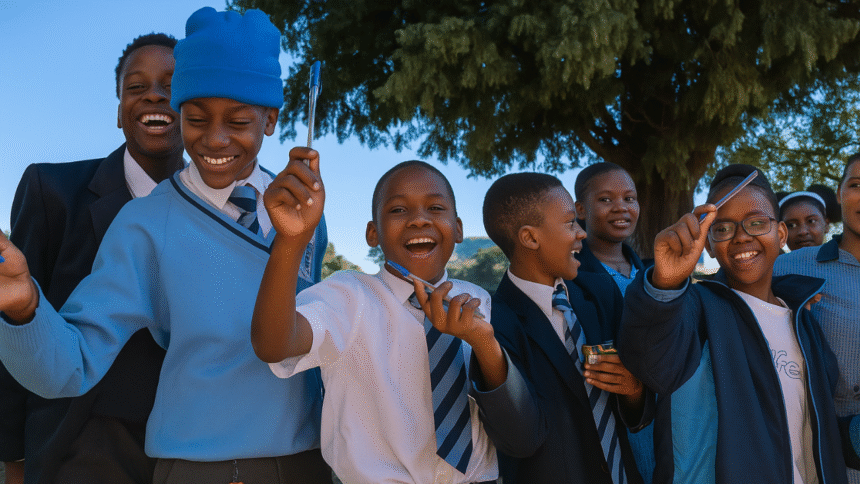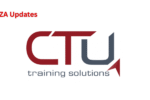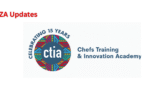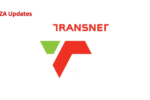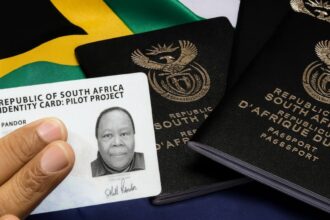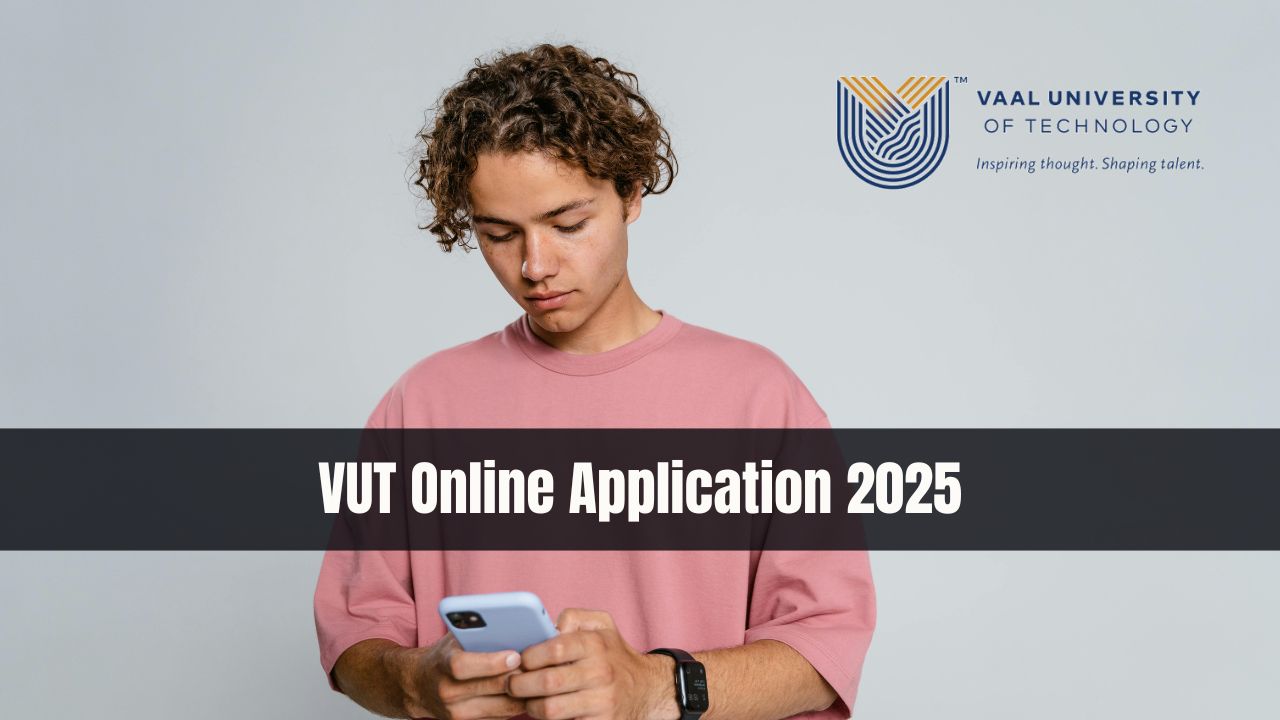The Back-to-School Grant 2025 is set to revolutionise the South African education landscape. As the country continues to prioritise equal access to quality learning, this grant is a beacon of hope for thousands of families grappling with the rising cost of schooling. With free school supplies, school uniforms, and transport for learners, the programme aims to remove the financial barriers that often hinder educational success.
This nationwide initiative is not just a temporary relief effort; it’s a bold commitment to educational equity. As learners prepare for the 2025 academic year, the Back-to-School Grant 2025 ensures they walk into classrooms equipped, confident, and ready to learn.
Why the Back-to-School Grant 2025 Matters
In a country where many parents are still recovering from economic instability, the cost of school uniforms, stationery, and daily transport can be overwhelming. This grant addresses these issues head-on by ensuring every learner, regardless of their socio-economic background, has access to the tools needed to succeed.
- Free school supplies including pens, notebooks, and other learning essentials.
- School uniform provision for all registered learners.
- Free transport services to and from school, especially in rural and underdeveloped areas.
The Back-to-School Grant 2025 is more than just a policy—it’s a promise of a better, more inclusive education system.
Top Benefits of the 2025 Back-to-School Grant
This initiative comes with a wide array of advantages, designed to support both learners and parents.
| Benefit | Impact |
|---|---|
| Free School Supplies | Learners receive all essential academic materials to begin the year on the right foot. |
| School Uniforms | Helps create a sense of equality and dignity among students. |
| Transport for Learners | Ensures safe and reliable commuting, especially for those in remote areas. |
| Improved Attendance | With barriers removed, learners are more likely to attend school regularly. |
| Academic Focus | Students can focus on learning rather than worrying about resources. |
| Social Inclusion | Reduces stigma associated with poverty and promotes social cohesion. |
By investing in these critical resources, the grant lays a foundation for long-term educational achievement and social upliftment.
Impact on Families and Communities
The Back-to-School Grant 2025 is not just changing the lives of learners—it’s uplifting entire households and communities. For many South African families, back-to-school expenses are a financial burden that leads to debt or sacrifice of other basic needs. This grant provides much-needed relief and security.
Broader Societal Benefits:
- Reduced household financial pressure, allowing families to focus on food, healthcare, and housing.
- Improved school attendance, particularly in high-poverty communities.
- Empowered communities, as children gain confidence and aspire to higher education.
- Boosted local economy, thanks to procurement partnerships with small businesses supplying uniforms and supplies.
- Increased job opportunities, with volunteers and support staff hired to assist with logistics and distribution.
How to Apply for the Back-to-School Grant 2025
Parents and guardians looking to benefit from the Back-to-School Grant 2025 must follow a streamlined and accessible application process:
Step-by-Step Guide:
- Visit the official Department of Basic Education website or your local school office.
- Collect and prepare necessary documents, including proof of residence, child’s birth certificate, and proof of income or social grant status.
- Fill in the application form accurately and completely.
- Submit the application before the official deadline.
- Await confirmation through SMS, email, or your local school.
- Follow the distribution instructions once your application is approved.
- Stay in touch with school authorities for any further updates or support.
It’s essential to apply early to ensure you don’t miss out on this incredible opportunity.
Efficient Distribution Model in 2025
The Department of Basic Education has implemented a transparent and inclusive distribution strategy for this grant.
| Feature | Details |
|---|---|
| Central Distribution Points | Easily accessible locations within each school district. |
| Digital Tracking System | To monitor distribution and avoid duplication or fraud. |
| Local Volunteers | Mobilised to support logistics and engage directly with families. |
| Feedback Channels | SMS, online forms, and school-based suggestion boxes for recipient input. |
| Partnerships | Collaborations with small businesses and NGOs to support local economies. |
| Cultural Inclusivity | Materials provided in all official languages with respect to community diversity. |
This systematic approach ensures that learners from urban, peri-urban, and rural areas all receive fair and timely access to support.
How the Grant Will Be Monitored
To ensure accountability and continued improvement, the Back-to-School Grant 2025 will be monitored through:
- Learner performance analysis pre- and post-grant support.
- Daily attendance records to track impact on school regularity.
- Community feedback surveys to gather opinions and experiences.
- Public reporting and transparency through regular updates.
- Ongoing strategy refinement based on collected data and recipient input.
This focus on evaluation ensures the grant remains aligned with its goals and adaptable to community needs.
Challenges and Strategic Solutions
Despite its potential, implementing such a large-scale programme comes with its own set of hurdles:
| Challenge | Solution |
|---|---|
| Limited reach in rural areas | Mobile supply units and pop-up distribution events. |
| Awareness and misinformation | Nationwide media campaigns and school-based info sessions. |
| Funding limitations | Private-public partnerships and donor involvement. |
| Cultural differences | Provision of culturally appropriate materials and language access. |
| Logistical bottlenecks | Use of real-time tracking and regional coordination hubs. |
By anticipating these issues, the government can ensure smoother implementation.
Long-Term Vision for the Back-to-School Grant
The Back-to-School Grant 2025 is not a one-off programme. It forms part of a broader, future-oriented educational upliftment strategy in South Africa.
Future Objectives:
- Promote lifelong learning and encourage school retention.
- Support infrastructural growth in rural schools through better facilities.
- Encourage private sector involvement in education development.
- Digitise education tools for increased learning accessibility.
- Empower local businesses and communities to participate in programme delivery.
With a strong focus on sustainability, the grant is expected to be a model for future interventions aimed at educational equity and social justice.
South Africa’s Educational Grants Future
The overwhelming positive response to the Back-to-School Grant 2025 highlights the need for continued investment in learner support programmes. It sets the tone for future policy development in areas such as:
- Expanded education subsidies
- Early childhood development grants
- Digital learning device provision
- Special needs education support
These initiatives are crucial for shaping a more educated and equitable South Africa.
Conclusion
The Back-to-School Grant 2025 stands as a powerful symbol of South Africa’s dedication to building an inclusive, empowered, and educated nation. By providing free school supplies, school uniforms, and transport for learners, this grant is dismantling long-standing barriers and giving every child a chance to thrive.

